You will need:
- A kid’s wading pool or a large plastic tray
- A bucket & running water nearby
- Sand, dirt & gravel
- Vegetable oil
- Shredded paper
- Plastic bags
- Plastic straws
- Brown paper bags
- Coffee filter paper
- Cups & tongs
- Sorting trays
- Rubber gloves & rubber bands
- Detergent & dish cloths
- Sticks and mulch
- Food colouring (optional)
- Potting mix (optional)
- Plastic animal figurines (optional)
- Towels for cleaning up!
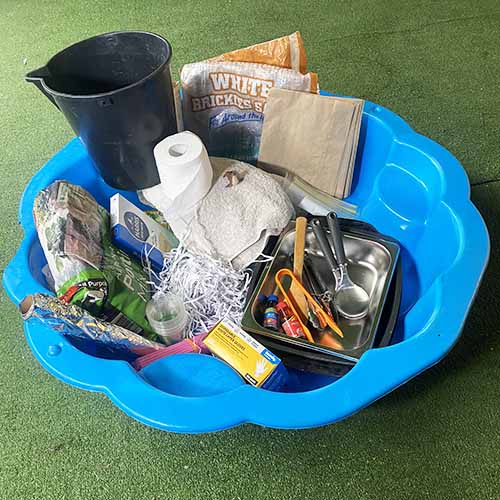
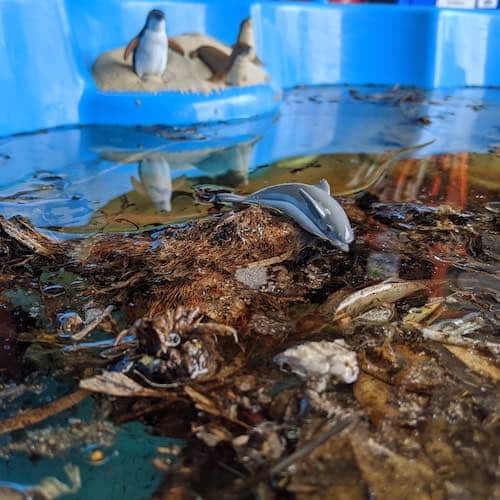
Create a mini ocean that needs to be cleaned up.
- Use the sand to build a beach on one side of the kid’s wading pool.
- Pour in the water around the beach
- Use the sticks & mulch or the potting mix to create debris around the edge of the beach.
- Pour vegetable oil into the water and along the beach edge.
- Add the shredded paper and straws to the water & give the mix a stir.
- Add some optional marine animal replicas to the scene
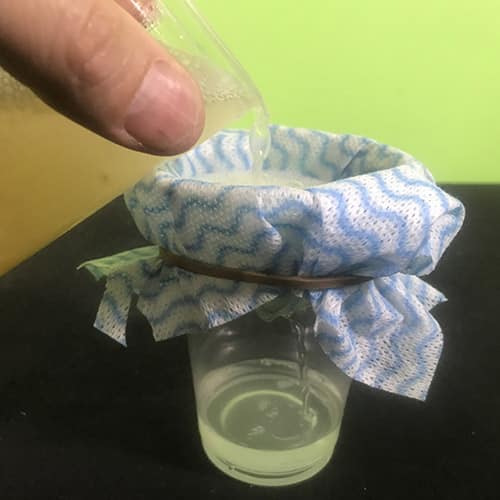
Begin to sort out the mess! Look at the tools you have to work out a plan…
- What will you use to remove the large plastic solids?
- What can you do about the shredded paper?
- How will you remove the oil from the top of the water?
- How would the animals be cleaned?
- How can you filter the water?
- Be sure to dispose of the waste sensibly!
How did you go? What would it be like if you had to clean up an environmental disaster?
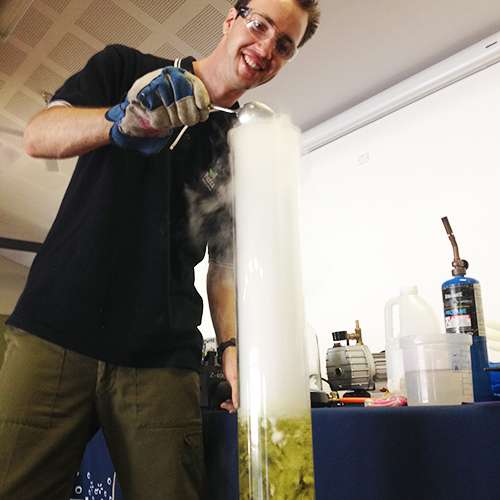
School science visits since 2004!
– Curriculum-linked & award-winning incursions.
– Over 40 primary & high school programs to choose from.
– Designed by experienced educators.
– Over 2 million students reached.
– Face to face incursions & online programs available.
– Early learning centre visits too!
So, what was this all about?
Ocean pollution is a real problem. Not only are there large & visible solids that can be found on the ocean floor and in floating eddies, but there are also microplastics and other pollutants that are discharged into our oceans around the world. This activity is designed to look at the issues in cleaning up pollution along the ocean shore. In reality, cleaning up an oil spill or removing microplastics and pollutants from water and shores is a complex task. The oil itself not only sticks to things but it is also very toxic to marine life. Additionally, microplastics are difficult to deal with as these are not only from degrading plastics but also from synthetic clothing breaking down when they are washed.
Research into polymers that soak up oil, microbes that break down oil or even using magnetism to separate the oil from water are ongoing but could be potentially promising in the future.
Research into breaking down or removing microplastics is also ongoing. Fionn Ferreira won the 2019 Google Science Fair prize for his work in using a ferrofluid developed by NASA to remove microplastics from water. Microplastics have the potential to carry toxic chemicals like phthalates and bisphenol A (BPA) into our bodies and throughout the environment as they are easily ingested. These chemicals have been linked to cancer and reproductive issues.
You may have heard about the Great Pacific Garbage Patch which is a result of ocean currents and wind patterns helping to gather floating debris into massive patches. The issue is so large that we may have to rely on the material to break down over time unless an engineered solution can be found.

Source: US National Oceanic and Atmospheric Administration
The good news is that there are startups that are creating solutions to remove floating garbage from harbours.
A good example of this is the Seabin project:
What can you do?
- Avoid tipping oil or any other toxic material into drains or waterways.
- Reduce your amount of plastic use. This goes especially for single-use plastics.
- Decrease the amount of nylon or polyester fabrics that you buy.
- Avoid the unnecessary use of hazardous chemicals close to waterways, especially on sandy soils.
- Use a sink strainer to reduce the amount of food that enters the sewage system
- Join a local environmental group!
Further links
Deep Blue Oceans Show
Years K to 6
Maximum 240 students
School Show
60 minutes
Online Class Available
Working with Water
Years K to 2
Maximum 30 students
School workshop (NSW & VIC)
60 or 90 minutes
Online Class Available
Chemistry Show
Years 3 to 6
Maximum 60 students
Science Show (NSW & VIC)
60 minutes
Online Class Available
STEM Full Day Accelerator - Primary
Designed from real classroom experiences, this modular day helps you create consistently effective science learning that directly address the new curriculum with easily accessible and cost-effective materials.

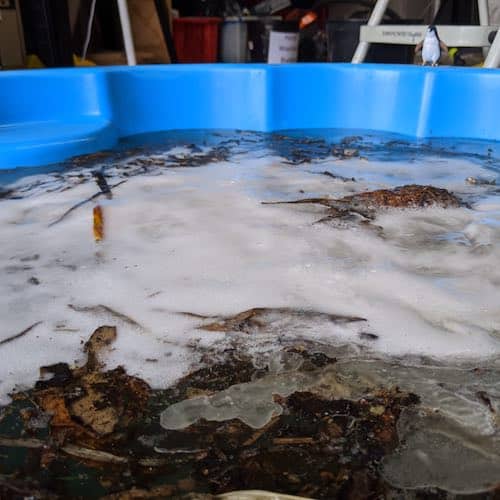
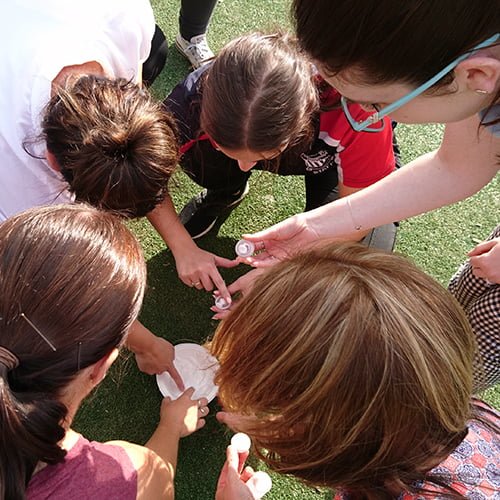























Comments